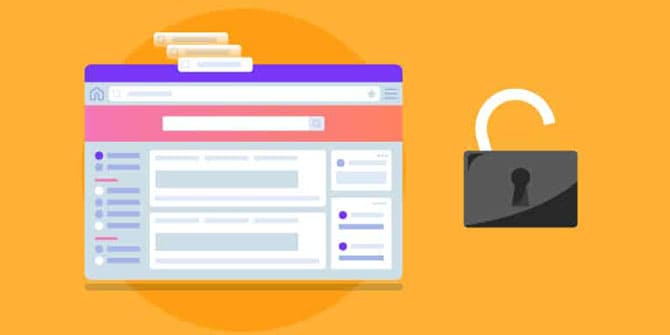Privacy Canada is community-supported. We may earn a commission when make a purchase through one of our links. Learn more.
Modern Encryption
A common question people ask upon learning about how encryption works, it’s history, and the difference between secure and unsecure, is what they can do it effectively encrypt their information. It wasn’t until recently that the tools for high level, modern, secure encryption became available to use by general members of the public. In the past, the government was always significantly ahead of the average user in cryptography, but these days the tools are available for all to use.

The most popular tool (according to a LifeHacker poll) would have to be TrueCrypt. TrueCrypt is a free, open source disk encryption software for Windows, Mac, and Linux. It encrypts and decrypts in real time, so aside from entering your password (and perhaps the creation of an encrypted file container) the process is seamless. You encrypt your files with a password and use that same password to access them. Anyone without the password is out of luck – the way encryption is intended to work!
But what if someone wants to get at your information without the password? Well, TrueCrypt has a few possible encryption algorithms to choose from – AES, Serpent, and TwoFish. These ciphers use a 256-bit key, which by any use of current technology is absolutely impossible to crack with a brute-force search (read up on the security of 2^256 if this seems odd to you!). TrueCrypt allows anyone with a moderate understanding of technology to encrypt their information and files with ‘perfect secrecy’.
Sadly, that doesn’t mean that it’s 100% safe. When the encryption scheme is perfect, there are always flaws along the way – and these are the flaws that would be exploited by would-be data thieves. For example, the data may be encrypted but if the password is written down on a sticky note, pasted to the computer monitor, it may not have been worth the effort to encrypt it at all.
With Modern encryption, human error is the largest point of failure. If you’re going to bother to keep your information private, bother to ensure you’re doing it properly!



